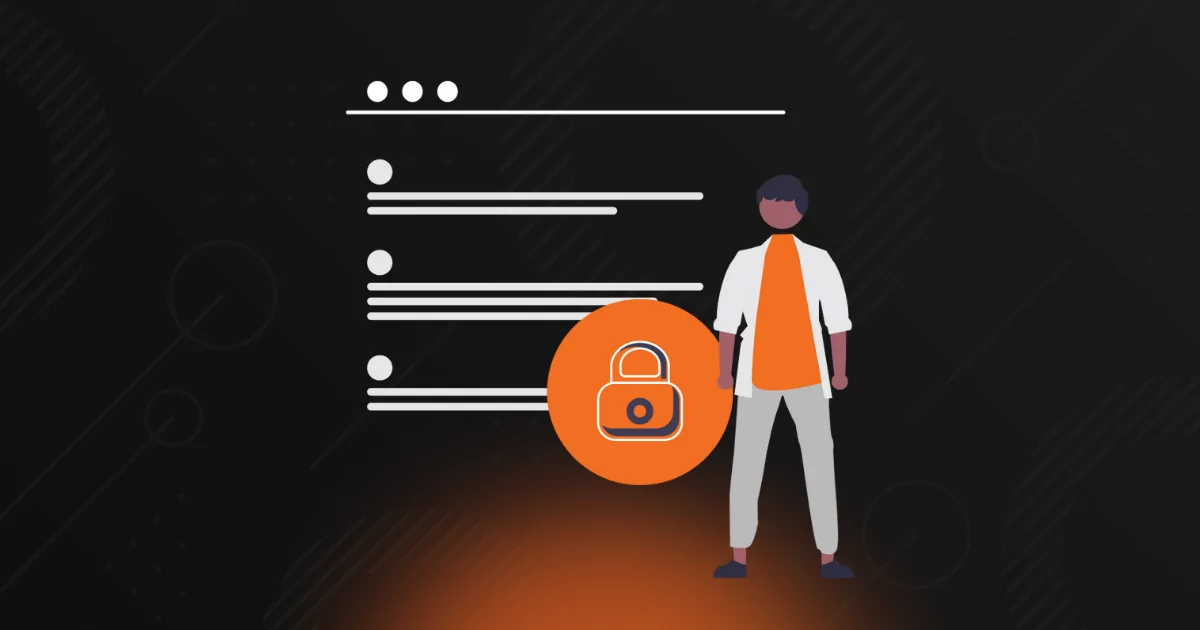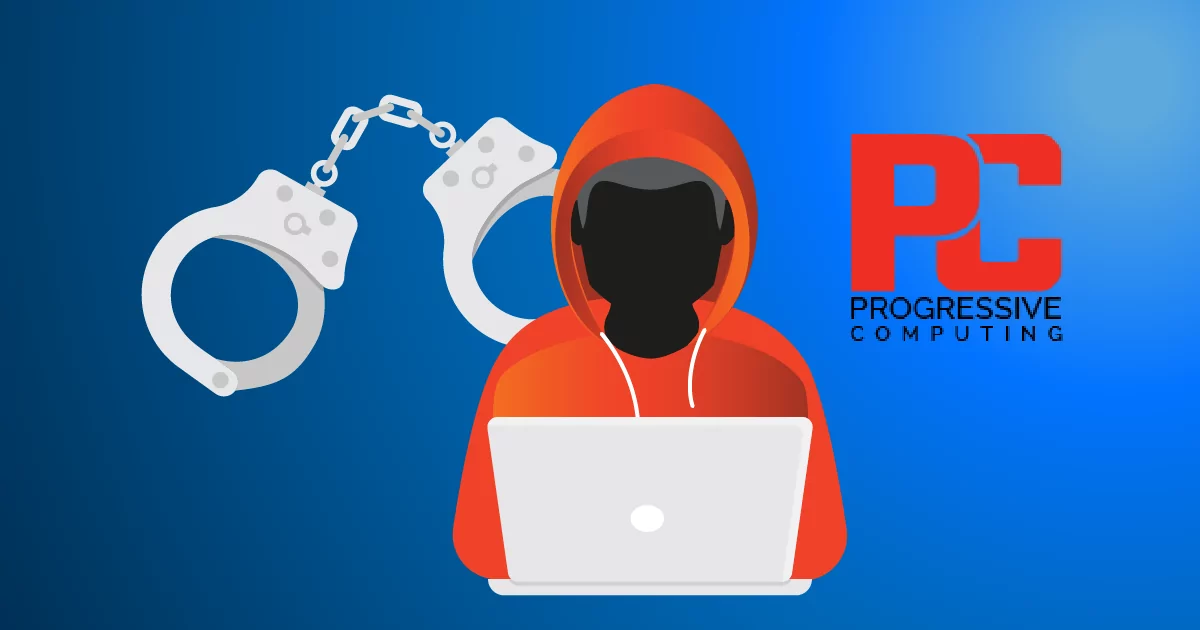
Axcient’s Security-First Approach for MSP Business Continuity
As a 100% MSP solutions provider, Axcient recommends that MSPs take a security-first approach to business continuity, proactively identifying, mitigating, and planning for business disruptions. This approach is so effective and efficient at embedding security into every aspect of your MSP that Axcient’s security-first approach uses the same strategy to protect MSPs.
Many MSPs encounter the problem of focusing all their attention on keeping the bad guys out. Of course, this is critical, but neglecting business continuity leaves MSPs struggling to keep businesses running once the damage is done. Axcient’s security-first approach brings business continuity and disaster recovery (BCDR) together under the three most influential pillars of organizational change: people, infrastructure, and processes. By optimizing these cybersecurity foundations with a new security-first perspective, MSPs can sleep soundly knowing disaster recovery is tested, reactive, automated, and ready.
Keep reading to see how our team delivers uninterrupted business continuity through Axcient’s security-first approach – and you can, too. Foster security-first practices across your MSP – from vendor to solution to data center and cloud security – to improve cyber resilience regardless of the threat, attack, accident, or natural disaster. Utilize the information to compare capabilities with your current solution and vendor, address potential vulnerabilities in your MSP, and reinforce BCDR with the best vendor and solution for your business goals.
Table of Contents
Cybersecurity vs. Business Continuity
Cybersecurity and business continuity, while related, address different aspects of organizational durability in today’s high-risk environment. It’s important to note the difference between these often interchangeable words to understand and gain value from both.
Cybersecurity focuses on protecting information systems, networks, and data from cyber threats like hacking, data breaches, and malware such as ransomware and phishing. Data protection involves implementing security measures like multi-factor authentication (MFA), encryption, monitoring and alerting, automated reactions, and regular disaster recovery testing to prevent unauthorized access and ensure data confidentiality, integrity, and availability.
Business continuity is a broader strategy that prepares businesses to run during and after a disruptive event. This aspect of comprehensive BCDR encompasses planning and preparation to maintain critical business functions in the face of a cyberattack or data loss event. Business continuity planning includes creating contingency plans, reinforcing backups, insurance, and incident response (IR) planning to reduce downtime and maintain operations.
Essentially, cybersecurity is a component of business continuity, focusing specifically on protecting against cyber threats. Business continuity covers a range of potential disruptions to ensure overall business resilience and operational stability. A security-first approach intertwines cybersecurity and business continuity to be proactive for the “what ifs” and reactive for the “oh, nos.”
Axcient’s Security-First Approach Everyday
Taking a security-first approach to BCDR is living by the motto, “It’s not if, it’s when.” The reality of today’s cybersecurity landscape demands that MSPs assume you will suffer a data loss event, and rather than hope for the best, you need to plan for the worst. Denying the sophistication and frequency of successful cyberattacks, catastrophic weather, and human error in losing data puts your MSP and clients at risk for potentially devastating consequences. According to the 2024 Data Breach Investigations Report by Verizon:
“[We] witnessed a substantial growth of attacks involving the exploitation of vulnerabilities as the critical path to initiate a breach when compared to previous years. It almost tripled (180% increase) from last year… These attacks were primarily leveraged by Ransomware and other Extortion-related threat actors. As one might imagine, the main vector for those initial entry points was Web applications.”
Statistics and analyses like this are standard, highlighting the expanding attack surface MSPs must protect. A security-first approach to solutions prioritizes cybersecurity from a technological and organizational point of view. By always assuming the worst, your MSP will be prepared for anything from break/fix to total ransomware takedown. The three pillars of a complete security-first strategy are…
- People: Shift security responsibility from a dedicated internal security team to every employee across the MSP and from the top down.
- Processes: Empower the people throughout your MSP using secure processes in engineering and operations.
- Infrastructure: Keep data centers, networks, and agents protected from attack vectors with a systems infrastructure built to resist and survive cyber incidents.
Within each pillar, MSPs must focus on security first, followed by everything else. Once an entire MSP, business, or organization centralizes on a security-first mentality, a security-driven culture can be developed for reinforced data protection at every step.
#1: Empower Axcient’s Security-First People
Security from the top down
Cybersecurity starts with leadership, meaning MSPs need a strong top-down force that is knowledgeable, experienced, and connected to SMB security needs. Axcient transformed our approach to security by involving every employee in solving security issues across all business areas, ensuring comprehensive protection. Using KPIs and objectives specific to each department, security is fundamental to all operations and prioritizes vigilance across the company.
Security training
Human error is the top cause of data loss, making security training essential for all employees. Regular, interactive, and diverse cybersecurity training – including mock phishing tests, informational sessions, and compliance quizzes – is an excellent way to educate with an emphasis on retention. Despite training, mistakes can happen, so BCDR is crucial for quickly virtualizing client environments to maintain operations.
Security-by-design
Whether you’re an engineer with a new feature idea or an MSP owner considering a new technology, Axcient recommends requiring a security questionnaire before proceeding with implementation. Addressing security concerns, risk mitigation, scans, and regular monitoring before development asserts security as integral to the development lifecycle. Only features that do not elevate risk or compromise other features are approved to guarantee that technician output always benefits security.
Security from the outside in
Enhance your security-first approach by engaging with industry experts, attending security events, and collaborating with incident response vendors to stay ahead of threats. Regular updates and external testing of your cybersecurity playbook prepare you for fast remediation while simultaneously satisfying cyber insurance requirements for MSPs. Axcient rotates through external threat management reviews to conduct rigorous penetration testing that validates security measures and readiness for worst-case scenarios.
Security remediation
Address vulnerabilities by understanding, fixing, and preventing them. Track issues internally with SLAs and critical vendor response times to ensure timely resolution. As an MSP, your BCDR vendor should commit to 24/7/365 support to help isolate, mitigate, investigate, and resolve issues promptly. Assess your vendors’ impact based on response times, resolution efficiency, and your satisfaction to guarantee security-first availability for remediating incidents.
#2: Implement Security-First Processes
Ongoing security
An MSP’s processes are primarily based on the limitations and opportunities presented by their solutions and vendors. This is why selecting a trusted and proven solution and vendor is critical to enabling a security-first approach to BCDR. Review the 6 BCDR Must-Haves to see where your current solution may inhibit business continuity, and don’t be afraid to make a change. Axcient’s security-first approach integrates security into every process through the following:
- Real-time and regular maintenance
- Daily security scans
- Vulnerability disclosure program
- Penetration testing
- Risk assessments
- Full change management process
- Protected code source repository
- Weekly release cadence
- SOC 2 certification
Application security
Equally important is preventing cyber criminals from weaponizing or exploiting onsite applications, backup agents, and updates. Following best practices, Axcient’s appliances cannot serve as attack vectors. However, security is ever-evolving, and a vigilant vendor is crucial. As a BCDR guide for MSPs, Axcient provides regular education and resources about data loss risks and necessary security solutions. This security-first approach acknowledges that sophisticated cyber-attacks, like supply chain and ransomware attacks, require ongoing attention, adaptation, and new feature development from vendors.
Backup agent security
Axcient’s backup agent is security-first, operating as a one-way sync that prevents data deletion from the cloud. Updates and patches are digitally signed and verified, preventing malicious tampering, and regular, automated security checks and testing prove that the backup agent cannot be compromised or weaponized. How does your current solution ensure backup agent security?
Data center security
Axcient mandates MFA for all critical systems and adds hardware keys for extra security in development and engineering. Axcient’s data center requires a VPN with MFA to access it. Additionally, specific servers demand a hardware key and manual confirmation to grant access, making it highly secure from unintended parties. If a hacker does compromise a computer, the bad guy loses server access as soon as the user disconnects – leaving them unable to reauthenticate without both the hardware key and manual configuration. This redundant security structure prevents data loss, even after a cyberattack has been initiated.
#3: Build a Security-First Infrastructure
Multi-layer data center security
Axcient employs multi-layer security for MSPs and their clients, acknowledging that single protections can be easily breached. Axcient’s real-time data center protections monitor activity to understand anomalies in the network as soon as they occur. The intention is to reduce dwell time after an attacker has infiltrated a protected system to reduce the size and impact of the breach. Axcient utilizes the following protections:
- Centralized logging
- Monitoring management
- Security information and event management (SIEM)
- Explicit permission model on appliance firewalls that defaults to “deny-all” unless specialized access is granted
- Distributed denial-of-a-service (DDoS) through a third-party
- No command-and-control systems eliminate the potential for access to critical infrastructure like storage, backups, virtual machines (VMs), or anything that could compromise an MSP’s system.
- Auto-detection, tagging, and monitoring of all data that has been spun up.
- Daily security scans with anomaly alerts on all internal systems and every VM on the network.
Backup data security
Axcient AirGap for immutable backups is a built-in, always-on, security-first feature of x360Recover for BCDR that protects backups from data deletion due to cyberattacks or human error. Acting as an MSP last line of defense, AirGap utilizes Axcient’s Chain-Free backup technology to enforce a safety archive where deleted data is stored for a minimum amount of time. Continuous native snapshots of the filesystem are automatically taken by AirGap and stored in the archive separate from the actual filesystem, ready to restore near-instantly. Third-party tests have proven AirGap’s effectiveness in protecting from ransomware and preventing permanent data deletion so MSPs can rest confidently.
Internal Axcient security
Consistent with a security-first approach, Axcient prioritizes preventing attackers from weaponizing agents and gaining persistence in the network. To safeguard against these threats, updates are digitally signed, end-to-end traffic is encrypted, and the host is mirrored internally, ensuring all packages are validated before deployment. Appliances only pull updates on request, avoiding unattended updates.
Axcient relies on monitoring and telemetry around backup systems to quickly detect and contain anomalous traffic. Access to storage centers is highly restricted with two-factor authentication and daily security scans. The least-privileged access model further limits access, and everything is encrypted. Continuous monitoring and evolving incident response policies help Axcient adapt to new threats, enhance its security measures, and prevent potential attacks before they hit.
Axcient is Here to Help
The simplicity of security-first is easy to comprehend on a large scale. However, when MSPs get into assessing capabilities, cybersecurity, solution strength, and vendor commitment, it can be overwhelming to see all the loopholes. Our team talks the talk and walks the walk, and Axcient’s security-first approach to prepare MSPs and their SMB clients for changing threats and as a foundation for our own BCDR.
Learn more about what Axcient can do for your proactive security-first strategy to make BCDR management efficient, consolidated, and secure.
Author
Related posts
How well could you sleep with reliable cloud-based backups and recovery?
Take a deep dive into Axcient’s proprietary, automated security features to see how we’re ensuring uninterrupted business continuity — no matter what:




